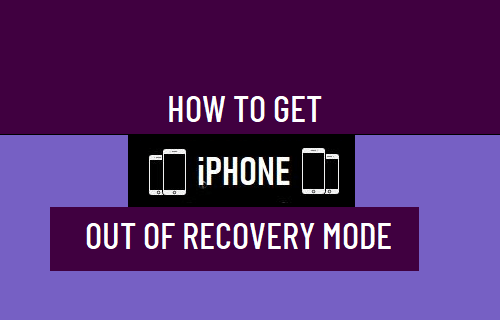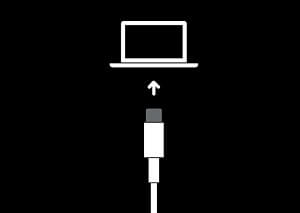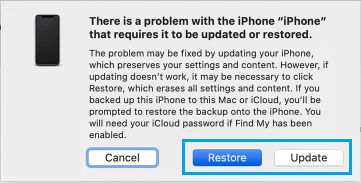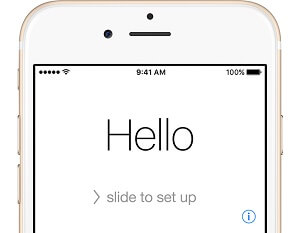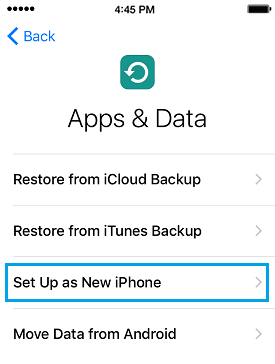Exit Recovery Mode on iPhone, iPad or iPad
The most common reason for iPhone, iPad or iPod being stuck in recovery mode is due to accidental corruption of the operating system during installation of an iOS update. When this happens, Apple’s built-in safety mechanism puts your iPhone into Recovery Mode, in order to protect your device from further damage. When your iPhone, iPad or iPad is stuck in Recovery Mode, you will see a black screen with a charging cable and computer icon or iTunes Icon, depending the version of iOS installed on your device. In both cases, you won’t be able to use your device, until the corrupted or faulty operating system is deleted from your device and the latest version of iOS operating system is downloaded and installed on your device.
1. Exit Recovery Mode on iPhone 8, iPhone X, iPhone 11 and later
You can quickly get these models of iPhone out of Recovery Mode by following the steps below.
- Press and release Volume Up button and then Press and Release the Volume Down button.
- Next, Press and Hold the Side button (Power Button), until you see your device starting with white Apple Logo.
2. Get iPhone 7 Out of Recovery Mode
- Press and Hold both the Side (Power) and Volume Down buttons.
- Keep holding both buttons, until you see your device starting with Apple Logo.
3. Exit Recovery Mode on iPhone 6 and earlier
1.Press and hold the Home and Power buttons. 2. Keep holding both buttons, until you see your device starting with Apple Logo.
Fix iPhone Using Recovery Mode
While you can manually exit recovery mode by using above mentioned steps, you won’t be able to use your device or fix problems, until the operating system on your device is either updated or replaced with a stable version of iOS. Make sure that the latest version of iTunes is installed on your Mac or Windows computer and follow the steps below to fix the underlying problem on your device.
- Connect iPhone to computer using its charging cable.
- Open the Finder on your Mac (macOS Catalina or higher). If you are using an earlier version of macOS or Windows PC, Open iTunes (If iTunes is already open, close iTunes and open it again).
- Force your device into Recover Mode by using the steps as applicable for model of your iPhone. iPhone 8 and later: Press and release Volume UP button > Press and release Volume Down button > Next, Press and hold the Side button (Power Button), until you see the Recovery Mode screen.
iPhone 7/7 Plus: Press and hold the Side and Volume Down buttons at the same time. Keep holding them, until you see the Recovery Mode screen. iPhone 6 or earlier: Press and hold Home and Side (Power) buttons at the same time. Keep holding them, until you see the Recovery Mode Screen (iTunes Logo and Cable). 4.Once your device enters recovery mode, you will see a pop-up allowing you to either Update or Restore your device.
Select the Update option, which will try to update your device, without erasing anything from it. If this does not help, force your iPhone into Recovery Mode again (using Step#3) and this time select the Restore option. The Restore option will completely erase all the data and operating system from your iPhone and install the latest version of software on your device. In both cases, patiently wait for the download to complete. If the download is taking longer than 15 minutes, your device may exit mode. If this happens, allow the download to finish > repeat steps 3 and 4 (select Update or Restore option, as applicable). 5.After the Update/Restore process is completed, you will find your device starting with the ‘Hello’ screen.
Follow the on-screen instructions, until you reach ‘Apps & Data’ Screen. Select Restore from iCloud or iTunes option (if a backup is available). If not, select Set up as New iPhone option.
If a backup is not available or usable, your only option is to Set Up as New iPhone and you won’t be able to recover the data on your iPhone.
How to Backup iPhone to Mac Using Finder How to Backup iPhone to Windows Computer Using iTunes
